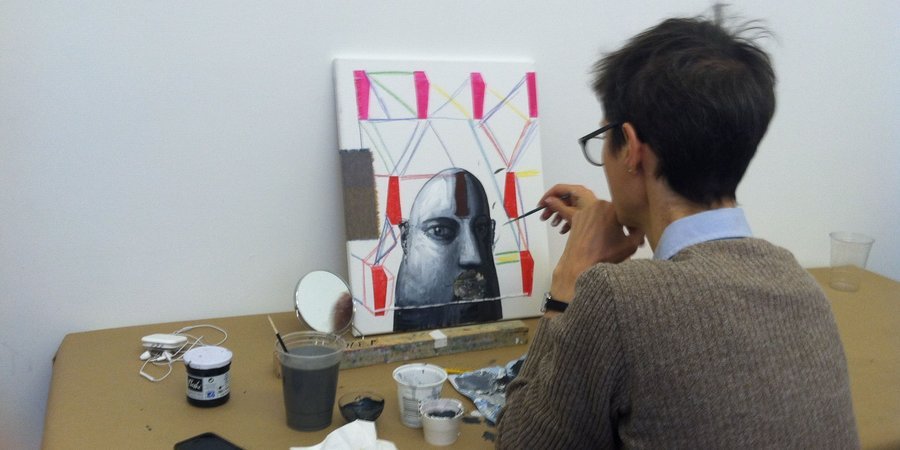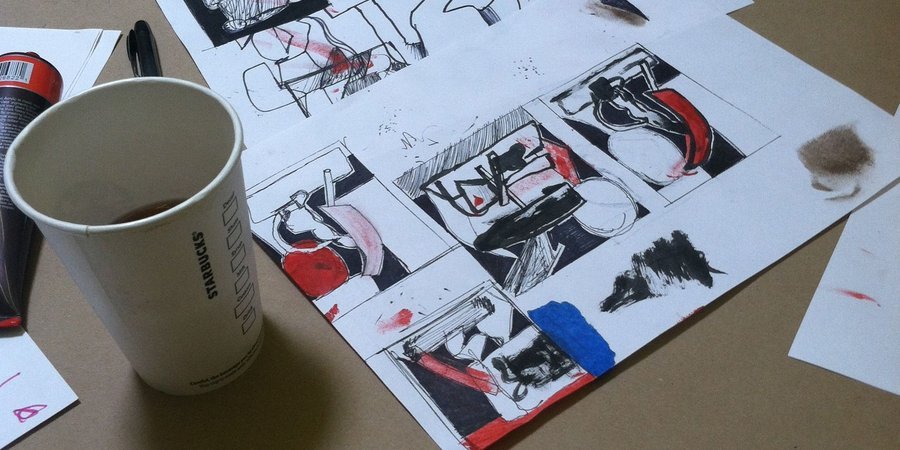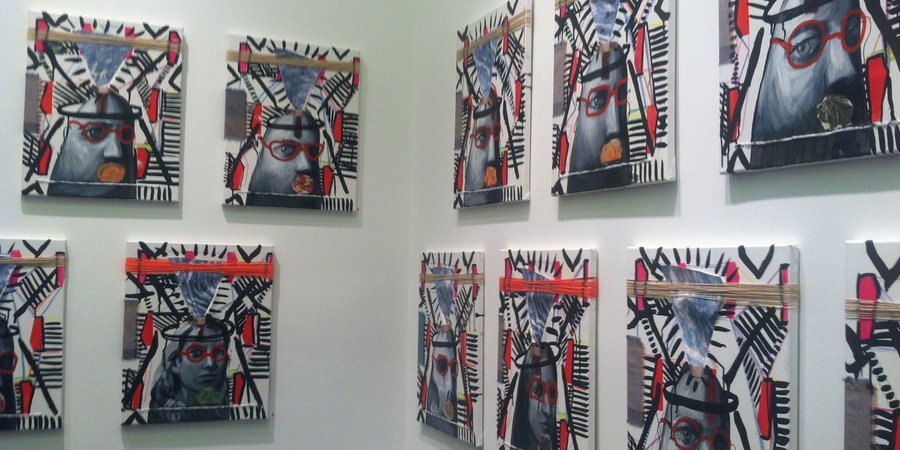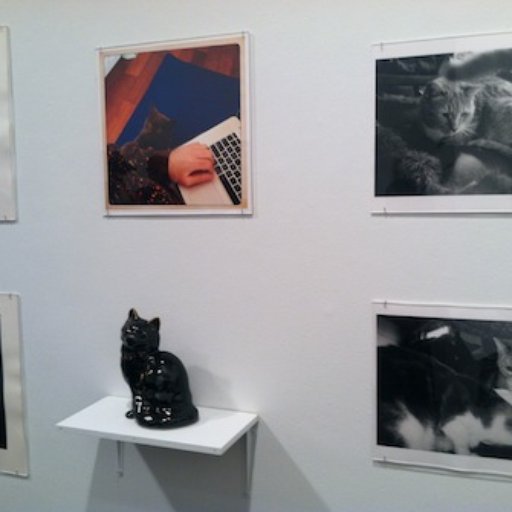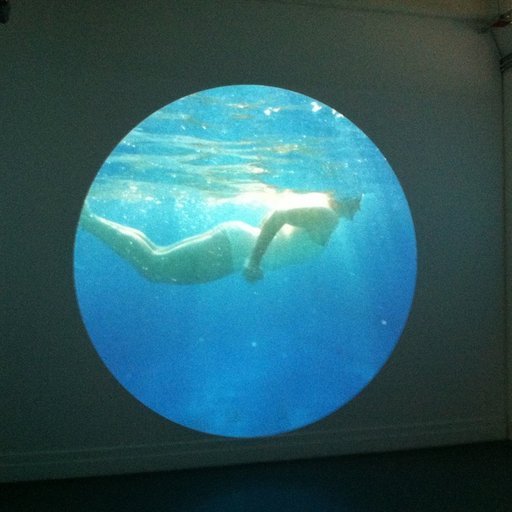Artists aren't generally known for their teamwork skills, but last Wednesday the 14 artists who agreed to be part of Sara Greenberger Rafferty’s experimental “Work” show at Klaus Von Nichtssagend Gallery arranged themselves like an assembly line, passing canvases around the room while Donna Summer's “She Works Hard For the Money” played in the background. It was one of two eight-hour shifts that Rafferty, who most people know for her own photographic work rather than her aptitude as a hard-driving foreman, oversaw at the Lower East Side gallery to mass-produce a work of art.
Day one took place last Tuesday, when the artist team did test-runs on a few canvases, each artist contributing one gesture to the work that responded to the one before it. The artists then voted on which one would be collaboratively churned out as finished pieces the next day.
Rafferty, who organized the project once before at the Ox-Bow School of Art, did not expect their choice: a figurative work of a man wearing red glasses, with vivid color abstractions behind him. By drawing lots they determined the order of the steps, each handled by a different artist, for the production on the following day. They also decided on a pricing structure of $250 per painting.
"I think that number is just as arbitrary as any," Rafferty said in the gallery on Tuesday. Each artist would make roughly $10 on royalties for a sale. The project, she explained, was less about the art or sales than about structure and, well, work.
For the first step, Yuri Masnjy painted a black abstract form that took up most of the white canvas; Joanne Greenbaum then added multicolored pencil-drawn lines midway through the process; and Kate Shepherd painted black details with a thin paintbrush.
“It’s hard with so many personalities and so many accomplished artists—no one is particularly happy with this or that, but we’ve all kind of given ourselves over to the project," Rafferty said. "It speaks about collaboration and value and work. Installing the show will be the last thing to give it meaning. So it’s really an experiment in the true sense of the word.”
Rafferty herself was number 12 in the process. "I'm insulting the paintings, and then putting a Band-Aid over where I insulted them," she said of her contribution, a move that she found excitingly different than her normal practice.
At the end of the day, 50 completed paintings were hung in a grid, taking up nearly all of the gallery's wall space. But the mass-production approach made for a few surprises. The portrait of the cartoonish man in the center of the composition morphed into something different each time around: into a cat, a woman, and, not least, a likeness that looked a lot like Rafferty herself.












